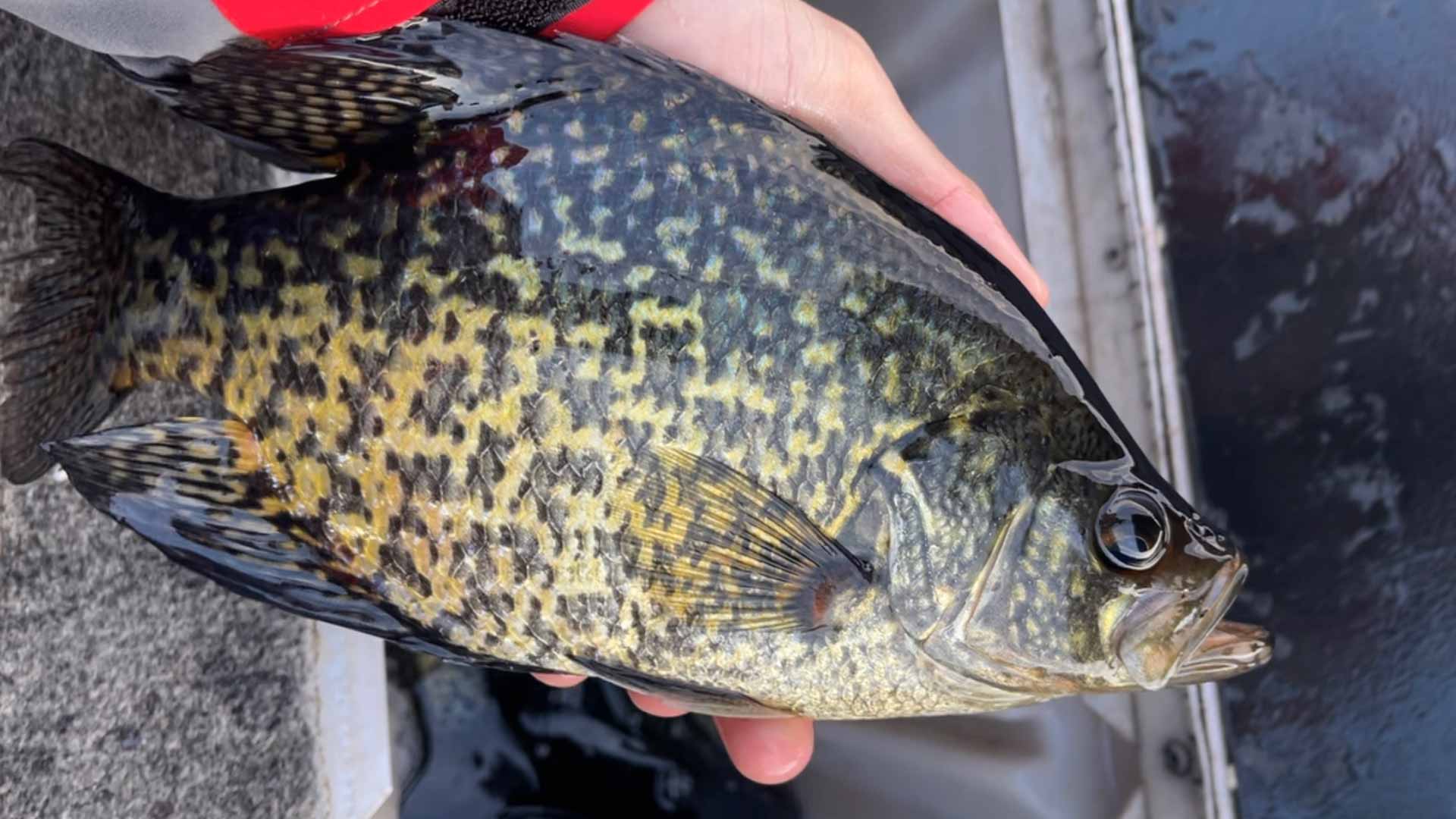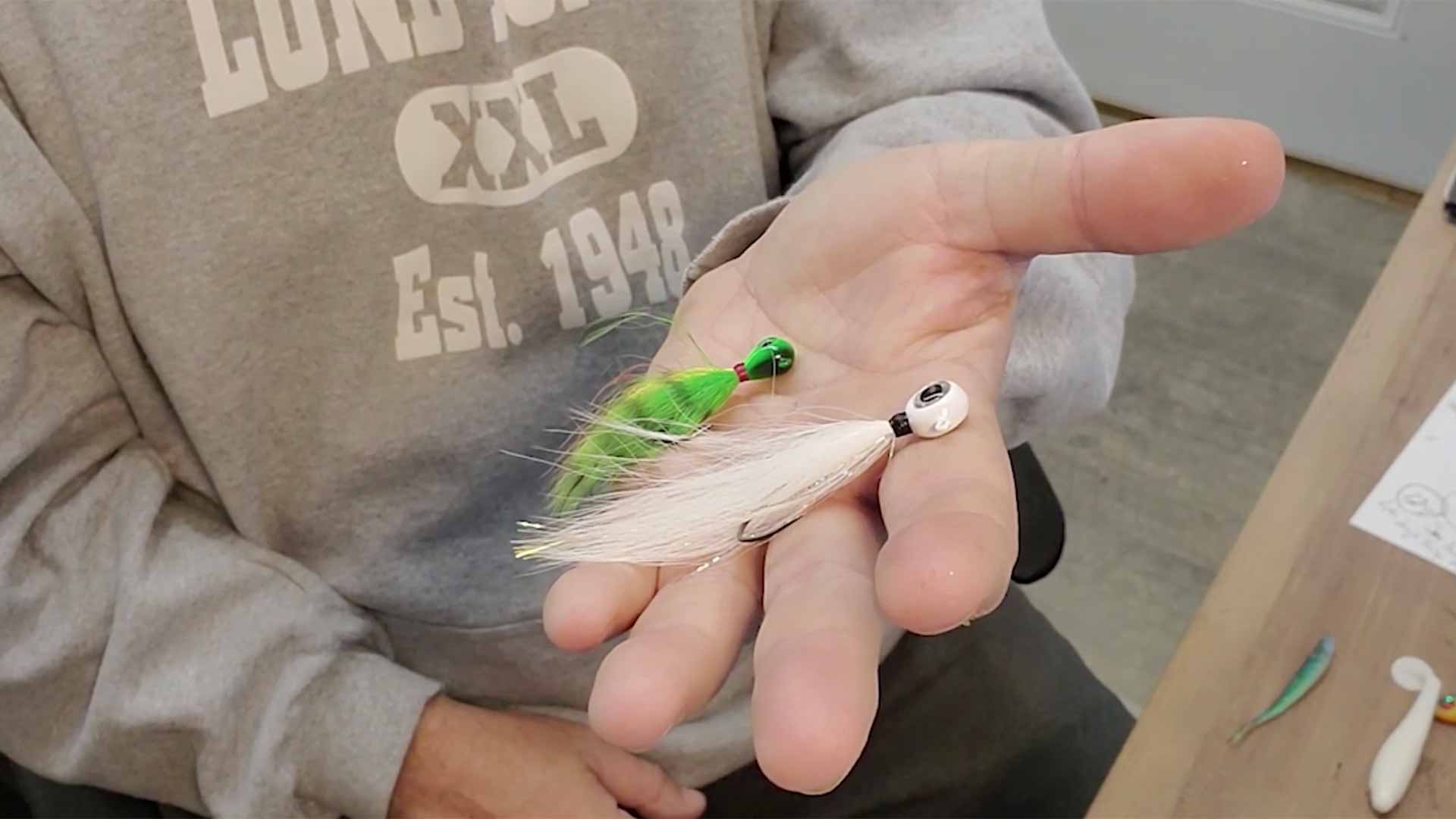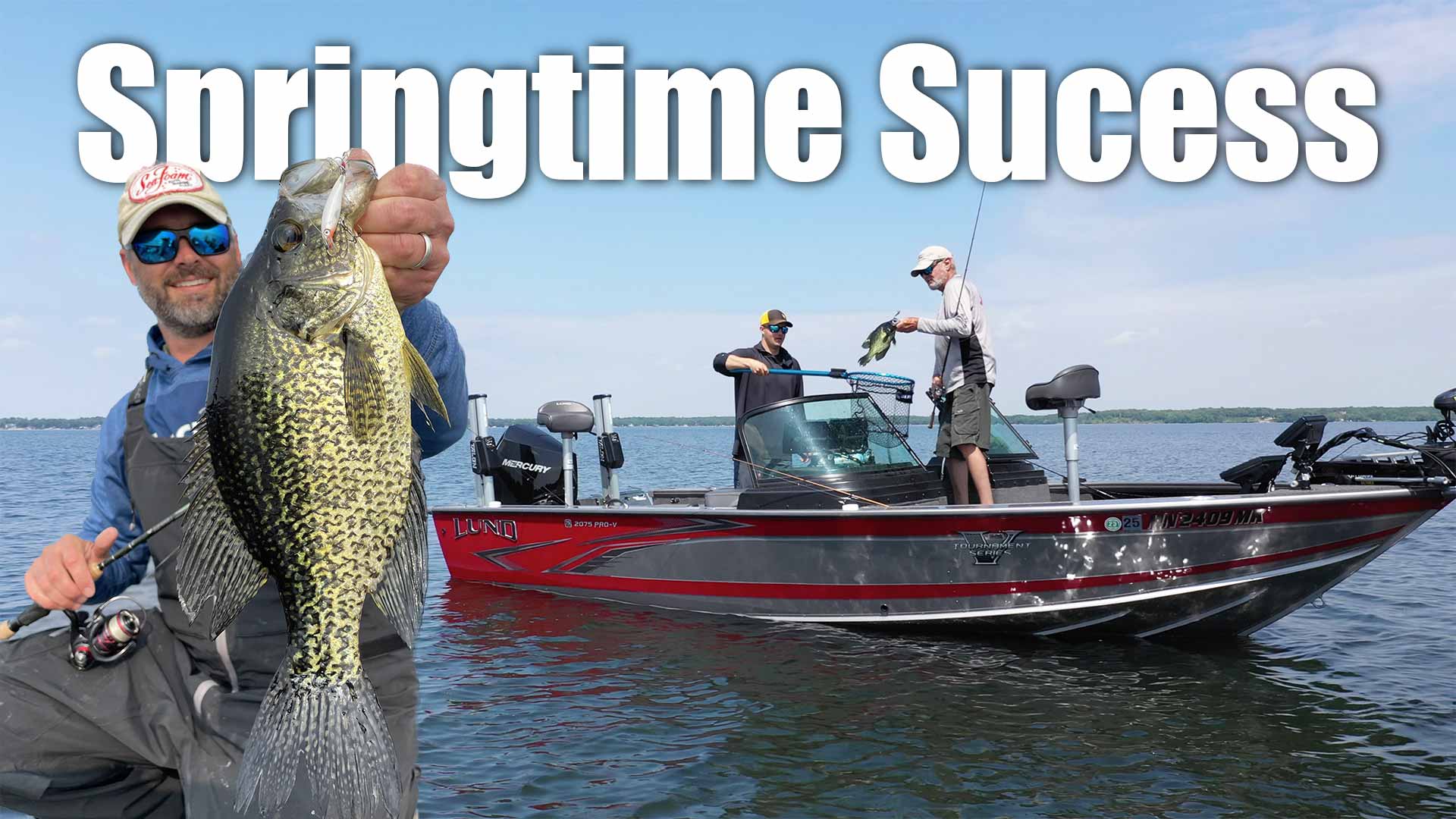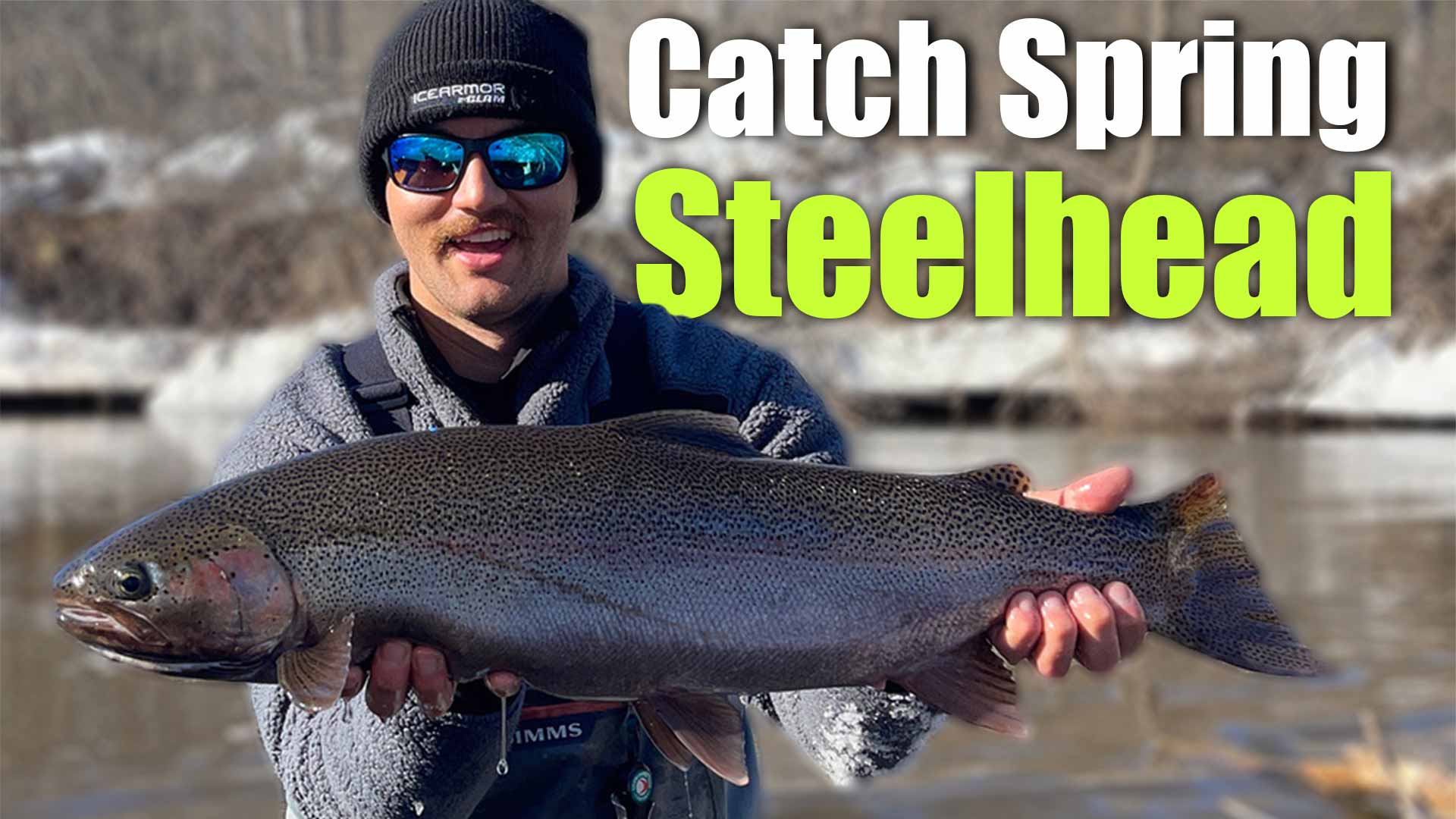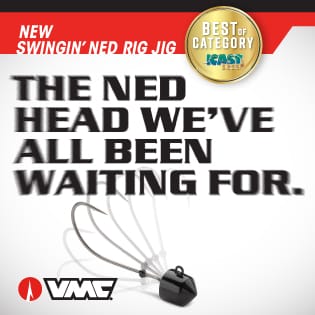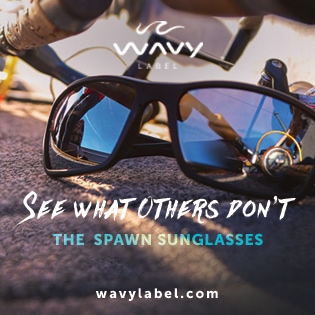Walleye Crankbait Basics
No one can deny the effectiveness of a good walleye crankbait. That said, cranks can be a little intimidating if you’ve never used them.
One thing that many anglers get caught up on is choosing the right crankbait. It’s hard to have confidence in your presentation if you’re not sure whether or not you’re even using the correct bait for the conditions your fishing.
Nothing’s worse than getting stuck one “Step One” when you’re trying out something completely new.
So the question remains, how do you choose the right walleye crankbait?
Well, the answer widely depends on the time of year you’re fishing and the kind of fish are you’re targeting. We’re going to focus this response on walleyes in the spring of the year.
As walleyes wrap up their spawn, they begin moving out to adjacent flats and shallow water structure. Crankbaits can be an excellent tool for intercepting these wandering walleyes, which can be scattered anywhere between 4 to 12 feet of water.
Look for shallow running walleye crankbaits that drive down and hit the bottom as you retrieve them back to the boat. Bottom contact is important, but don’t opt for baits that dive too deep as they won’t run optimally in the shallow water.
Figure out how deep you’re fishing and select your baits accordingly. Most companies will display their crankbaits’ running depths directly on the box, so that’s a good place to check.
Rapala Shad Raps and Northland Rumble Bug are both sure bets this time of year.
Make sure you’re fishing your cranks slowly this time of year, as that’s often the only way to get bit. A couple of retrieves work well in the spring:
1. Slow and steady. Simply cast out the lure and retrieve it slowly back to the boat. Anyone, even beginners, pull this one off.
2. Pull and pause. Sometimes this is the deal. Cast your lure out, reel it down and then slowly pull the lure forward with your rod tip.
Reel up the slack in your line, and then slowly pull the crank forward again. Continue this retrieve all the way back to the boat.
With either of these retrieves, it’s important that you’re fishing the bait slow. Ultimately, you need to experiment with different speeds to find out what’s working best on that particular day.
This time of year, walleyes are hungry and looking for an easy meal, so that’s what you need to give them!


